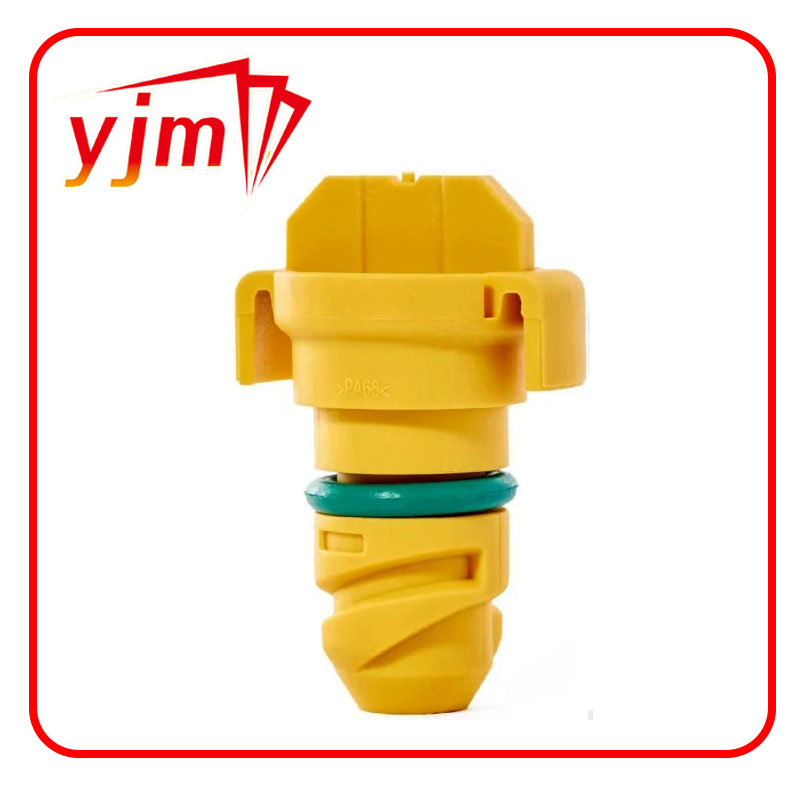Understanding the Importance of Axle Shaft Seals in Vehicle Maintenance
Understanding Axle Shaft Seals Importance, Function, and Maintenance
Axle shaft seals are vital components in vehicles that play a crucial role in maintaining the functionality and durability of the vehicle’s drivetrain. These seals are designed to prevent the leakage of lubricants used within the axle assembly, shielding the internal components from contaminants, and ensuring smooth operation under various operating conditions.
What Are Axle Shaft Seals?
Axle shaft seals, commonly made from durable materials like rubber or synthetic compounds, are positioned at the junction where the axle shaft meets the differential housing. Their primary function is to create a barrier that prevents gear oil or lubricant from leaking out, while simultaneously keeping dirt, water, and debris from entering the axle assembly. This dual protection is essential for the optimal performance of the axle and the longevity of the vehicle.
The Importance of Axle Shaft Seals
The significance of axle shaft seals cannot be overstated. Here are a few key reasons why they are crucial
1. Preventing Fluid Leaks The primary role of axle shaft seals is to keep lubrication within the axle assembly. Without effective seals, gear oil can leak out, leading to insufficient lubrication of gears and bearings. This can result in increased friction, overheating, and eventual failure of the axle components.
2. Protection Against Contaminants In addition to preventing fluid loss, these seals are designed to keep foreign substances from entering the axle assembly. Contaminants such as dirt, mud, and water can cause significant damage to internal components, leading to costly repairs and reduced vehicle performance.
3. Enhancing Vehicle Life Span By maintaining proper lubrication and keeping contaminants at bay, axle shaft seals help extend the life of the drivetrain components. This not only enhances the overall lifespan of the vehicle but also ensures reliability and performance over time.
Common Issues with Axle Shaft Seals
Like all components, axle shaft seals can wear over time and lead to various issues. Common problems include
axle shaft seal

1. Cracking and Dry Rot Exposure to heat, moisture, and environmental elements can cause the seal material to degrade. Cracks or breaks in the seal can result in leaks and the ingress of contaminants.
2. Improper Installation If an axle shaft seal is not installed correctly, it may fail prematurely. Ensuring the seal is seated correctly and not pinched during installation is critical for effective function.
3. Excessive Wear Over time, seals can wear due to constant motion and pressure. Regularly inspecting these seals during maintenance checks can help identify issues before they lead to significant problems.
Maintenance and Replacement
Regular vehicle maintenance should include checking the condition of axle shaft seals. Here are some steps to ensure their longevity
1. Visual Inspection Periodically inspect the area around the axle for signs of leakage or damage. If you notice any fluid pooling beneath the vehicle or a noticeable drop in fluid levels, it may indicate a failing seal.
2. Routine Fluid Changes Regularly changing the axle fluid can help maintain the seal's integrity. Dirty or degraded fluid can lead to increased pressure and wear on the seals.
3. Professional Assistance If you notice any signs of wear or leakage, it’s advisable to seek professional assistance. Mechanics can properly assess the condition of the seals and recommend timely replacements to avoid further damage to the axle assembly.
Conclusion
Axle shaft seals are indispensable to a vehicle’s drivetrain, ensuring both optimal performance and component longevity. Understanding their role and maintaining them properly can prevent costly repairs and enhance the reliability of your vehicle. By paying attention to these small yet essential components, vehicle owners can ensure a smoother, safer driving experience for years to come. Regular inspections, timely replacements, and proper maintenance practices will contribute significantly to the overall health of the vehicle’s drivetrain and its capacity to perform under various driving conditions.
-
The Ultimate Guide to Boat Propeller Bearings and Trailer Wheel Bearings
News Jul.31,2025
-
The Essential Guide to Marine Bearings and Boat Trailer Wheel Bearings
News Jul.31,2025
-
The Complete Guide to Heavy Duty Seals: Protecting Doors and Spaces Efficiently
News Jul.31,2025
-
Essential Guide to Marine Shaft Bearings and Boat Trailer Axle Bearings
News Jul.31,2025
-
Comprehensive Guide to Marine and Trailer Bearings for Safe Boating and Transport
News Jul.31,2025
-
Comprehensive Guide to Automotive Oil Seals: Protecting Your Engine and Shafts
News Jul.31,2025
-
Understanding Automotive Oil Seals: Essential Components for Engine and Shaft Protection
News Jul.30,2025
Products categories















